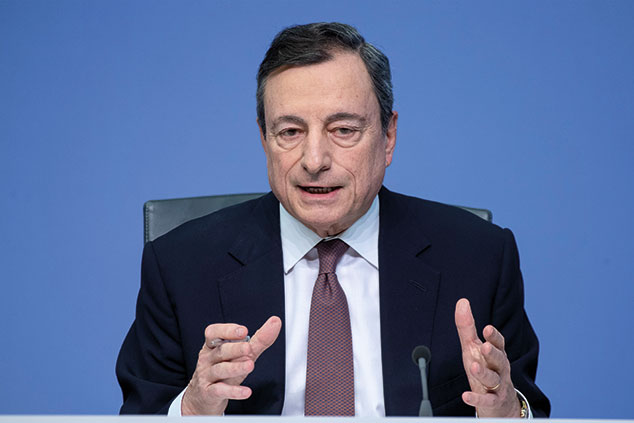
Negative interest rates mean banks are “charged to hold their excess reserves at the central bank”, says Tom Rees in The Daily Telegraph. Eurozone lenders “have paid out €21bn to the ECB since negative interest rates were introduced in 2014”. Markets expect rates to go as low as -0.6%, suggesting an epic squeeze on banks’ profitability. Goldman Sachs calculates that a 100-basis point cut could see a quarter of Europe’s biggest banks become “loss-making or break-even”.
The banks’ woes run deeper than negative rates, says Chen Gong in The Brussels Times. Big layoffs this year at Deutsche Bank and Italy’s UniCredit suggest that the “European banking industry has not fully recovered from the financial crisis”. Where US authorities acted quickly to inject capital into banks, efforts to deleverage Europe’s financial institutions were more haphazard.
While US bank shares have long since rallied from their financial crisis lows, eurozone bank stocks are back near their nadir, notes Charles Gave on Gavekal Research. Even the Federal Reserve’s recent rate cuts have not sparked a rally, which suggests that “central banks are out of ammunition”.
The risk is that if eurozone banks get into more trouble, then they will reduce lending, creating “a vicious cycle” of sliding growth, says Chen. “In the context of global trade war and economic slowdown, this vulnerability may eventually evolve into a trigger for a new global economic crisis.”